The drill collar is an important tool in drilling operations. It forms drilling pressure through its own weight to provide the necessary downward force during the drilling process. However, since the drilling pressure is mainly formed by the weight of the drill string, the compressive stress at the lower part of the drill string is relatively large. During the drilling process, the drilling pressure value is usually greater than the critical value of the compression rod stability of the drill string, which makes the compressed part of the lower part of the drill string easy to bend under the action of its own weight. The bent drill string will cause alternating stress when rotating, which will lead to fatigue damage of the drill string. In order to reduce the degree of fatigue damage, it is necessary to reduce the bending stress, which requires shortening the length of the compressed section as much as possible and increasing its rigidity. Based on this, the compressed part of the lower end of the drill string does not use a drill pipe but a drill collar.
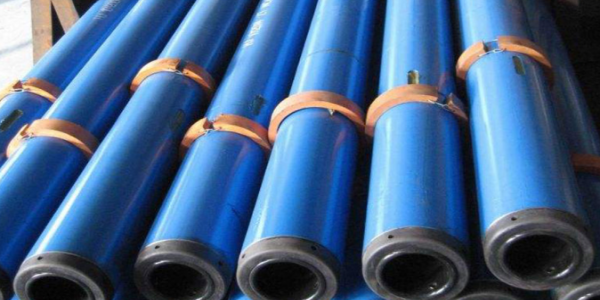
Types and characteristics of drill collars
Drill collars are usually made of thick-walled seamless steel pipes. According to different uses and process requirements, drill collars can be divided into round drill collars, spiral drill collars, non-magnetic drill collars and square drill collars.
Ordinary drill collars (integral drill collars)
At present, we have developed a series of drill collars with various specifications within 12 meters in length, and developed a new type of double-shoulder threaded oil drill collar to be suitable for deep well and high-pressure jet drilling under composite loads. These products are made of AISI4145H chromium-molybdenum steel, and the content of trace elements is effectively controlled to ensure the quality and performance of the products.
Spiral drill collar
A spiral drill collar is a round drill collar with three spiral grooves machined on its outer cylindrical surface. This design leaves a 305 to 560 mm section of the round drill collar on the external thread end joint and a 457 to 610 mm section of the round drill collar on the internal thread end joint without spiral grooves, which is convenient for connection and disconnection operations and repair. Compared with round drill collars of the same size, the weight of the spiral drill collar is reduced by about 4%. In directional drilling, due to the large inclination of the well, the contact area between the drill collar and the well wall is also large, so it is more likely to cause sticking and drilling. Spiral drill collars reduce the risk of sticking and drilling by reducing the contact area with the well wall, so they are widely used.
Non-magnetic drill collars
Non-magnetic drill collars are made of low-chromium manganese alloy steel, which has undergone rigorous chemical composition analysis and forging process. The material has been tested for mechanical properties to ensure that its hardness, toughness, impact value and corrosion resistance meet the standards, while also having good low magnetic permeability and machinability. Non-magnetic drill collars have important application value in some specific drilling operations, especially when magnetic interference needs to be avoided.
Process characteristics of drill collars
The manufacturing process requirements of drill collars are very strict to ensure that they can perform excellently in complex drilling environments. The following are some key process characteristics in the manufacturing process of drill collars:
Material selection
Drill collars are usually made of high-strength thick-walled seamless steel pipes to ensure their stability under high pressure and high load environments. Different types of drill collars use different materials, such as AISI4145H chrome-molybdenum steel for ordinary drill collars and low-chromium manganese alloy steel for non-magnetic drill collars. These materials undergo strict chemical composition control and mechanical property testing to ensure that they meet the requirements of use.
Heat treatment process
Heat treatment is a very important link in the manufacturing process of drill collars. Through appropriate heat treatment processes, the hardness and toughness of the material can be significantly improved, thereby enhancing the wear resistance and fatigue resistance of the drill collar. For materials such as AISI4145H chrome-molybdenum steel, processes such as quenching and tempering are usually used to obtain ideal mechanical properties.
Processing process
The processing technology of drill collars mainly includes mechanical processing processes such as turning, milling, and grinding. In the manufacturing process of spiral drill collars, it is also necessary to machine spiral grooves on the outer cylindrical surface, which places higher requirements on processing equipment and process accuracy. The processing of non-magnetic drill collars requires special attention to avoid magnetism in order to maintain its low magnetic permeability.
Surface treatment
In order to improve the corrosion resistance of drill collars and extend their service life, they are usually subjected to appropriate surface treatment after processing, such as galvanizing, chrome plating, etc. For some special-purpose drill collars, surface hardening treatment may also be required to further enhance their wear resistance.
Application of drill collar in drilling
Drill collars are widely used in drilling operations, especially in complex working conditions such as deep wells and high-pressure jet drilling. The performance of drill collars plays a key role in the success of the entire drilling operation. By rationally selecting the type and specifications of drill collars and adopting scientific process methods for manufacturing, drilling efficiency can be significantly improved, equipment failure rate can be reduced, and the safety and economy of drilling operations can be guaranteed.
In short, as an important drilling tool, the design and manufacturing process of drill collars directly affect the effect and cost of drilling operations. With the continuous development of drilling technology, the manufacturing technology of drill collars is also constantly improving and upgrading to meet the increasingly complex drilling needs. Through continuous innovation and optimization of processes, future drill collar products will achieve greater breakthroughs in performance and reliability, providing strong support for the development of the oil and gas industry.






 English
English Español
Español بالعربية
بالعربية

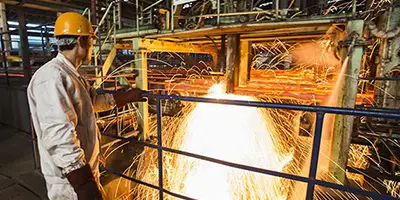
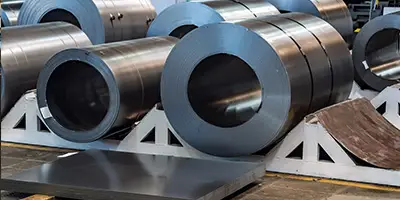

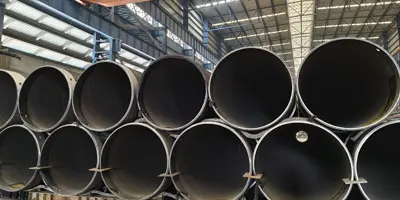
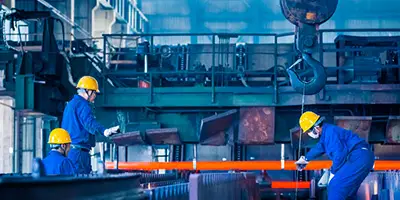
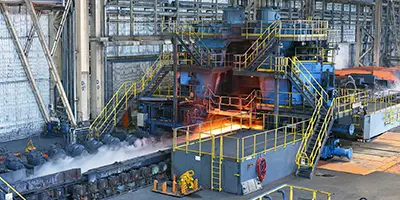




 Phone :
Phone :  Whatsapp :
Whatsapp :  Email :
Email : 


